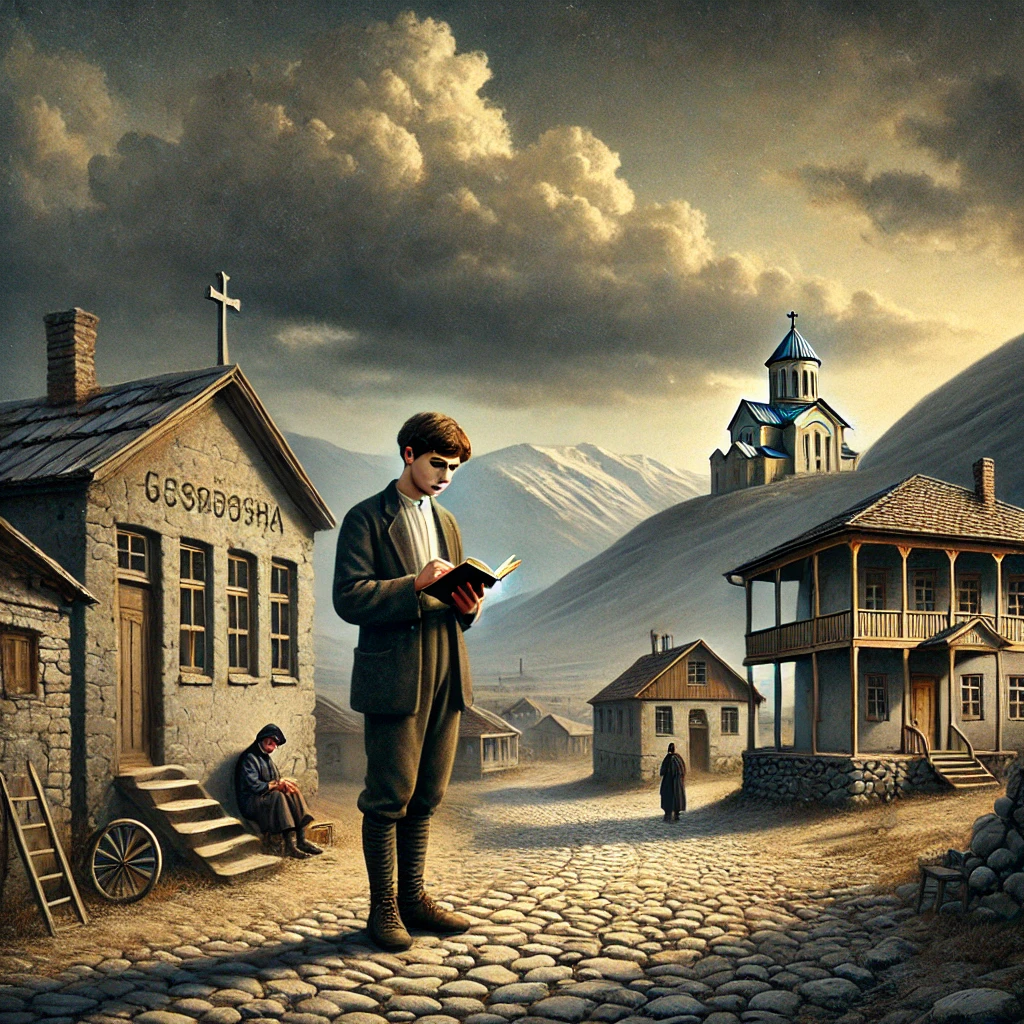The Strange Story of Stalin's Youth
The origins of the Man of Steel

From rebel poet to ruthless dictator: Stalin's youth, marked by idealism, rebellion and ambition, chronicles the transformation of a man destined to change the course of history - Image generated with AI
Many years before becoming the feared supreme leader of the Soviet Union, Stalin was a young rebel marked by poverty and social hardship. He was born in 1878 in Gori, a village in Georgia. At the time, he was known by his real name, Iosif Vissarionovič Džugašvili, the son of an alcoholic shoemaker and a deeply religious mother who dreamed of a career as a priest for him.
Despite his poor health and a slight deformity in his left arm, little Iosif showed uncommon brilliance as a child. Thanks to his mother's influence, he decided to enrol at the Theological Seminary in Tbilisi, where he distinguished himself for his intellectual prowess and rebellious nature. Paradoxically, while studying at the seminary, he first read the forbidden writings of Karl Marx in Tsarist Russia. The writings had an incredible impact on his young mind and, in 1899, he was officially expelled from school for missing an exam, but probably also because he had already begun to participate in clandestine revolutionary activities.
It was during this period that he found employment as a meteorologist, while continuing to cultivate his passion for activism and Marxism. Iosif began to participate in strikes and organise protests, and the Tsarist authorities began to see him as a source of trouble.
Another curious fact about Stalin's life during this period was his strange talent for poetry. He wrote several poems in Georgian, many of which were appreciated for their pleasant lyricism and published. No one could have imagined that this young poet and 'almost priest' would become one of the most ruthless dictators in human history. His rise to leader of the Bolshevik party in 1912 was preceded by a youth full of idealism, rebellion and fierce ambition, a period in Stalin's life that laid the foundations for his transformation from a poor provincial Georgian to the leader of the Bolshevik revolution, a man who, for better or worse, would change the destiny of millions.
Edvard Radzinsky, Stalin: The First In-Depth Biography Based on Explosive New Documents from Russia's Secret Archives. Doubleday, New York,1996.
Anita Pisch, “Stalin Saves the World — Stalin and the Evolution of the Warrior and Saviour Archetypes.” In The Personality Cult of Stalin in Soviet Posters, 1929–1953: Archetypes, Inventions and Fabrications, 291–440. ANU Press, 2016.
2025-03-13
Francesco Toniatti
